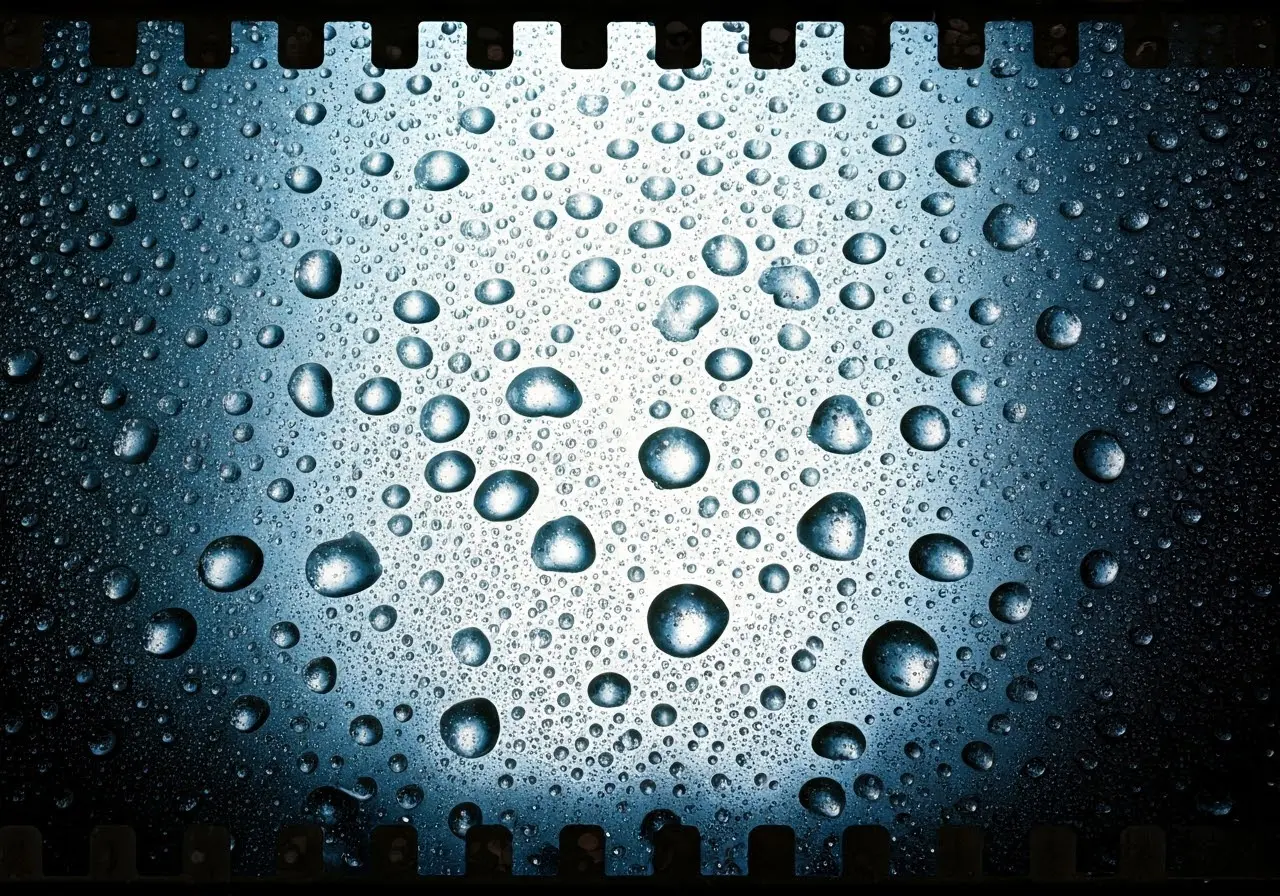Understanding Condensation: What It Means for Your Roof and Home
Condensation is a common but often misunderstood term when it comes to maintaining the health of your roof and home. It’s important to understand what condensation is, why it occurs, and how it can impact your living space. In this blog, we’ll dive into the world of condensation, exploring its effects on your roof and providing solutions to manage it effectively.
What is Condensation?
Condensation occurs when water vapor in the air transforms into liquid droplets, often visible on windows, patio doors, skylights, and sometimes in the attic. While these surfaces may show signs of moisture, they are not the cause of condensation. Instead, they serve as indicators of excess moisture present in your home. Skylights, for example, collect this moisture as warm air cools and condenses, but the moisture comes from the air inside your home, not the outside environment.
During winter, the temperature difference between your warm home and the cold air outside becomes more pronounced. Even with modern insulation technologies, areas around windows, patio doors, and skylights are more susceptible to heat loss compared to the rest of your home’s walls, creating cold pockets that can lead to condensation.
How Does Condensation Affect Your Roof?
For homeowners, condensation isn’t just a sign of moisture on glass surfaces—it can be an indication of moisture buildup within your roofing system and walls. Just as warm air condenses on windows, the same process can occur beneath your roof and inside your attic. When this moisture isn’t properly managed, it can lead to more serious issues such as mold growth, rot, and structural damage to your home’s interior. These issues can escalate if left unchecked, potentially requiring extensive and expensive repairs.
The most common cause of condensation-related roofing issues is inadequate ventilation. Warm, moist air rising into the attic can condense when it meets the cooler surfaces of your roof, leading to water damage over time. Roof condensation can be serious, and understanding how it develops is crucial to safeguarding your home from potential hazards.
Recognizing Signs of Condensation Problems
The appearance of water stains on ceilings and walls usually leads to assumptions of a leaky roof. While a leaky roof may indeed be the problem, there could be another culprit causing the issue: condensation in the roof space. Under the right conditions, roof condensation can cause many of the same problems normally attributed to leaks. In some cases, the damages caused by roof condensation can be worse than a roof leak.
Roof condensation is a sneaky issue, often without any visible signs until it’s too late. Unlike leaks, which are usually more apparent, condensation in roofs can quietly lead to moisture damage, affecting the integrity of your roofing system and overall home structure. This blog will explore the causes of roof condensation, its effects, and effective strategies to prevent it, ensuring your home remains safe and dry.
Preventing and Managing Condensation
Proper ventilation, adequate insulation, and regular maintenance are key strategies in managing condensation. Ensuring that your home has the right balance of ventilation and insulation will help control moisture levels. An effective way to start managing condensation is by improving ventilation. Proper attic ventilation helps regulate temperature and moisture levels, preventing condensation from forming under your roof.
Reducing indoor humidity using dehumidifiers, especially in moisture-prone areas like basements, can also help manage condensation. Other methods include sealing air leaks to prevent warm air from entering the attic and ensuring adequate insulation to minimize heat loss through your roof structure.
When to Seek Professional Help
Sometimes, despite your best efforts, condensation problems can persist. Knowing when to call in a professional can save you money and further damage. Professionals can assess your home’s ventilation requirements and provide solutions tailored for your specific situation. If you’ve noticed persistent moisture or water spots, it may be a sign of a more significant issue that requires expert attention.
Our team at Pinnacle Roofing Professionals is dedicated to identifying and resolving condensation-related issues, ensuring your roof and home remain in top condition. Whether it’s a simple assessment or a complete upgrade to your ventilation system, don’t hesitate to seek professional guidance for a safer and healthier home environment.
Wrapping Up Your Condensation Knowledge
Understanding condensation and its effects on your home can save you from costly repairs and discomfort. By being aware of how and why condensation occurs, and taking proactive steps to manage it, you can maintain a healthy and comfortable living environment. Remember, a well-ventilated and insulated home is key to controlling condensation.


Seattle PVC Roof Project
Seattle, WA